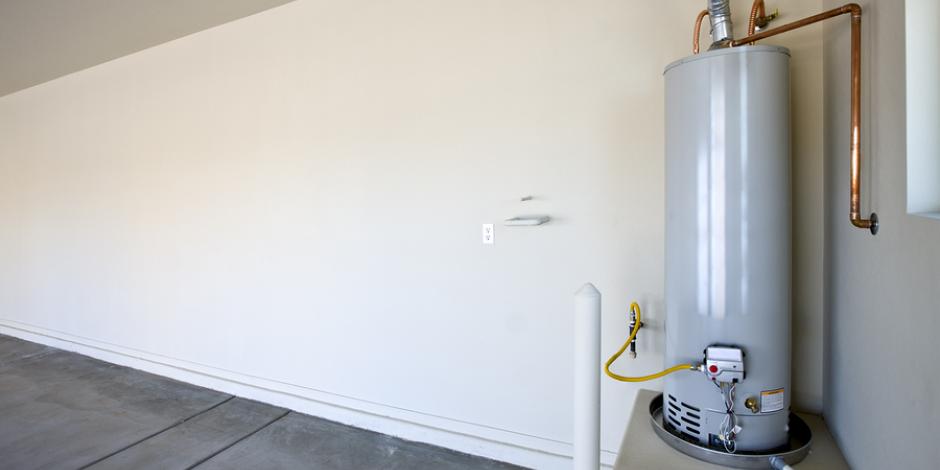Simple Steps to Maintaining Your Home's Hot Water System
Simple Steps to Maintaining Your Home's Hot Water System
Blog Article
On this page in the next paragraphs you can find a lot of high-quality insights on the subject of How to Maintain a Hot Water Heater in a Few Simple Steps.

Warm water is vital for day-to-day comfort, whether it's for a rejuvenating shower or cleaning recipes. To guarantee your hot water system runs effectively and lasts much longer, regular upkeep is key. This post supplies sensible tips and insights on how to maintain your home's hot water system to stay clear of disturbances and pricey fixings.
Intro
Keeping your home's warm water system could appear overwhelming, yet with a couple of basic actions, you can ensure it operates smoothly for years to come. This overview covers every little thing from understanding your warm water system to do it yourself maintenance suggestions and understanding when to hire professional help.
Importance of Maintaining Your Warm Water System
Normal upkeep not just prolongs the life expectancy of your hot water system but additionally guarantees it runs effectively. Ignoring maintenance can bring about lowered effectiveness, higher power costs, and also premature failure of the system.
Indicators Your Hot Water System Demands Upkeep
Understanding when your hot water system needs focus can stop major issues. Keep an eye out for indications such as inconsistent water temperature, weird sounds from the heater, or rusty water.
Recognizing Your Hot Water System
Before diving right into maintenance tasks, it's handy to comprehend the basic parts of your hot water system. Typically, this consists of the water heater itself, pipes, anode poles, and temperature controls.
Month-to-month Upkeep Tasks
Regular month-to-month checks can assist catch small problems prior to they intensify.
Flushing the Hot Water Heater
Flushing your hot water heater eliminates sediment build-up, improving performance and extending its life.
Checking and Changing Anode Rods
Anode rods stop deterioration inside the storage tank. Inspecting and changing them when worn out is critical.
Inspecting and Changing Temperature Level Settings
Readjusting the temperature setups guarantees ideal performance and security.
DIY Tips for Maintenance
You can execute a number of upkeep tasks on your own to keep your warm water system in top condition.
Looking for Leaks
Consistently inspect pipes and links for leaks, as these can cause water damage and higher costs.
Evaluating Stress Relief Valves
Evaluating the stress relief valve guarantees it operates correctly and stops too much pressure accumulation.
Shielding Pipes
Protecting warm water pipes decreases warmth loss and can conserve energy.
When to Call an Expert
While do it yourself maintenance is valuable, some issues need specialist knowledge.
Facility Concerns Requiring Expert Aid
Instances include major leakages, electric troubles, or if your water heater is regularly underperforming.
Routine Professional Upkeep Benefits
Expert upkeep can consist of detailed examinations, tune-ups, and ensuring compliance with security requirements.
Verdict
Normal maintenance of your home's hot water system is important for effectiveness, durability, and price financial savings. By adhering to these pointers and recognizing when to seek professional help, you can guarantee a trustworthy supply of warm water without unanticipated disturbances.
Water Heater Maintenance Tips
Test the TPR Valve
Shut off the power and the cold-water supply valve. Place a bucket under the pipe connected to the temperature-pressure-release (TPR) valve on the top or side of the tank. (This valve opens if the tank pressure gets too high.) Lift the valve’s tab to let some water out, then let go. If water keeps flowing, drain the tank partway, unscrew the old valve with a pipe wrench, and install a new one. Check the Anode Rod
Put a hose to the tank’s drain cock and let out a few gallons of water. Now fit a 1 1/16-inch socket onto the rod’s hex head on top of the heater (or under its top plate) and unscrew the rod. If it’s less than ½ inch thick or coated with calcium, buy a new one, wrap its threads with Teflon tape, put it back in the tank, and tighten securely. Use this segmented rod if headroom above the tank is limited. Drain the Tank and Wash Out Sediment
Drain the remaining water in the tank into the bucket, then stir up the sediment on the tank’s bottom by briefly opening the cold-water supply valve. Drain and repeat until clean water comes out of the hose. Close the drain cock, refill the tank, and turn its power back on. Adjust the Temperature
Find the temperature dial on the side of the tank and unscrew its cover. Adjust the dial to 120 degrees using a flathead screwdriver. For every 10 degrees the temperature is lowered, you can expect to save up to 5 percent in energy costs. Turn the water heater off or the thermostat down to its lowest setting if you plan to be away from home for more than three days. Insulate the Pipes
Buy some self-sticking 3/8-inch-thick foam pipe insulation that matches the pipes’ diameter. Slide the foam over the hot-and cold-water pipes as far as you can reach. Insulating the cold-water pipe prevents condensation in summer. Peel the tape and squeeze the insulation closed. If the pipe is 6 inches or less from the flue, cover it with 1-inch-thick unfaced fiberglass pipe wrap. https://www.thisoldhouse.com/plumbing/21016402/how-to-maintain-a-water-heater

I am just very occupied with How to Maintain Your Water Heater & Prolong its Life and I hope you enjoyed our page. Loved our content? Please quickly share it. Help other people find it. Thanks a lot for being here. Return soon.
Call Today Report this page